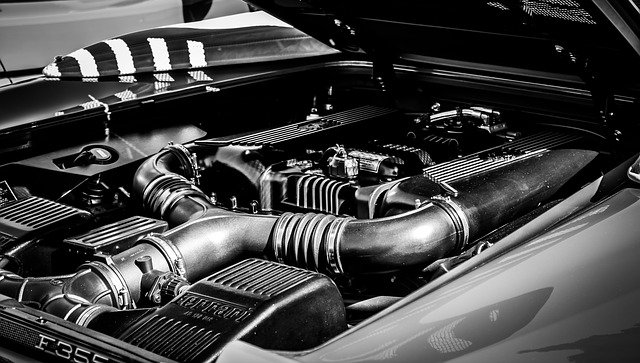The 4 Types of Automotive Head Gaskets
13th Dec 2019

Types of Automotive Head Gaskets
The head gasket is one of the most important parts of your vehicle's engine. Consisting of a flat sheet of material, it's found sandwiched between the engine block and cylinder head. The purpose of the head gasket is to seal the coolant and oil passages running through the engine block and cylinder head. If your vehicle blows its head gasket, coolant and/or oil may leak, which can result in a myriad of other mechanical problems.
While all head gaskets are designed to create a seal between the engine block and cylinder head, they aren't necessarily the same. There are four primary types of head gaskets, each of which is constructed in a different way. To learn more about the four primary types of head gaskets, keep reading.
#1) Multi-Layer Steel
The most common type, multi-layer steel head gaskets live up to their namesake by featuring multiple layers of steel. Some multi-layer steel head gaskets have two or three layers of steel, whereas others have four or five layers of steel. Regardless, the multiple layers are joined using an elastomer or adhesive, after which the surface is treated with a gasket coating. Multi-layer steel head gaskets are popular because they've been shown to withstand greater pressure than other types of head gaskets.
#2) Copper
Some vehicles use copper head gaskets rather than multi-layer steel. Copper head gaskets are made of solid copper, allowing for a superior level of strength and protection against leakage. Because of their copper construction, though, they typically require extra work to install. Mechanics must use a special machine, known as an o-ringing machine, to install a copper head gasket between an engine block and cylinder head.
#3) Composite
While rarely used today, many vehicles manufactured in the 1980s and earlier featured composite head gaskets. Composite head gaskets are typically made of graphite, and although graphite is strong, it doesn't offer the same level of protection against leaks as other material. Therefore, most manufacturers have since phased out composite head gaskets from their line of products.
#4) Elastomeric
Finally, elastomeric head gaskets are characterized by the use of a steel core with elastomeric beads. A typical elastomeric head gasket consists of a large and flat sheet of hardened steel that's coated with rubber-like elastomeric beads. The elastomeric beads help to seal the coolant and oil passages, thereby protecting the engine from leaks.

